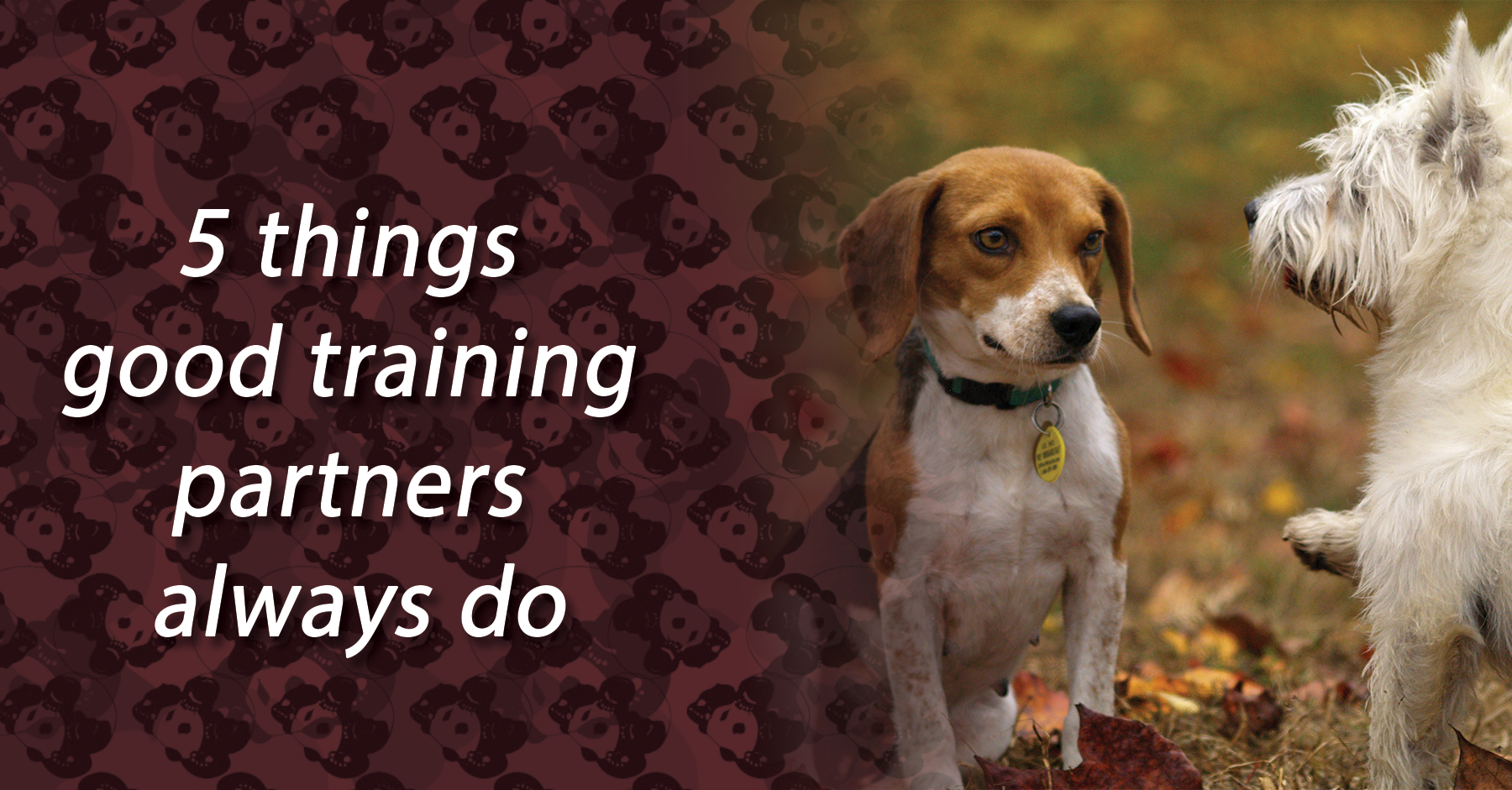
5 things good training partners always do
I didn’t recognize the grip on my heel. It was an unfamiliar hold in an unfamiliar school. Chalk it up to new people and new ways of training, I thought. The limited experience I had told me to tap, but there was no pain. Maybe I had time, or an escape route.
I rolled. Hard. In the wrong direction.
My partner let go, and when I turned to face him, he had his hands up in the air as if he were being held at gunpoint.
“Don’t ever, ever do that,” he said.
I might say the same to him today. Except it would be more like, don’t ever, ever try to heel hook a white belt. On his first day. In a new school. In the gi.
What does it mean to be a good training partner? It’s a question that maybe this guy hadn’t thought much about. There are some obvious answers. Good training partners don’t behave recklessly, like the subject of this story. They train to win, to improve, to grow, but not to injure. There are also some other qualities that I think make for ideal training partners.
Good training partners are aware of your skill level
You might not know what you don’t know, but an upper belt should. I think anybody with a year of jiu-jitsu under their belt would know that in the example at the top of this post, I didn’t know what a heel hook was. Good training partners are cognizant of skill gaps.
This cuts both ways. An upper belt shouldn’t abuse a lower belt, and a lower belt should (eventually) know when they’re overmatched. The white belt gets beaten by the brown belt 499/500 rolls. It’s up to the white belt to keep in mind that no amount of spaziness is going to overcome skill. And learning to control that spaziness is a part of the journey.
Good training partners are aware of size
We all come in different shapes and sizes. While well-applied jiu-jitsu neutralizes some of the advantages conferred by size and strength, it doesn’t defy the laws of physics. If you’re 100 pounds, it still sucks to get pancaked by someone who is 200 pounds.
That being said, you can still train well with someone who is much larger or much smaller than you. There’s just going to be a bit more give than there is take. For example, there’s a blue belt at my gym who weighs about 60 pounds less than me. I could, for example, smash-pass this blue belt’s guard and hold them down in side control. But how does that help either of us get better?
Good training partners invest in loss
We all have our A-games. However, having an A-game implies that you also have a B-game, C-game, and so on. It’s a problem when your A-game becomes your only game.
We’re all guilty of falling into this trap. Myself included. While I think this approach is useful in the run-up to a competition, it’s otherwise self-limiting. We get too invested in “winning” rolls instead of developing as grapplers. As a result, we end up selling ourselves short and possibly pissing off our training partners in the process.
Good training partners invest in loss. They surprise you with new things that they’re working on. They try things that they haven’t perfected, knowing that they’re going to fail. This gives both of you the opportunity to grow.
Good training partners keep their cool
One of our students is a yoga instructor. I once watched her, in a competition, hold a flailing opponent down with child’s pose -- one of the coolest things I’ve seen on the mats to date. Her opponent was panicking, and my yoga instructor friend looked like she was about to take a nap.
I think of this often on the rare occasion that I train with someone who’s totally out of control. Good training partners keep their cool. Like my yoga instructor friend, their calm can be contagious. Their presence and state of mind can de-escalate rolls that tip from spirited into dangerous.
More often than not, this responsibility falls to the more experienced partner during a roll. But every so often, a lower belt will pull something that catches an upper belt off guard, sending them into a red-alert ego defense. This is an opportunity for the lower belt to keep their cool. To de-escalate.
Good training partners know when to keep quiet
Open mats are rife with unsolicited advice. Generally speaking, I think it tends to be given most to people who benefit from it least: dejected/angry/frustrated/depressed grapplers who have just gotten their asses beaten for an hour straight. Your advice may be well-intended, but good luck getting through if your partner is in that mind state!
My rule of thumb: Only offer insights when asked for them. The key word here is insights. Don’t tell people what to do (unless you’re an instructor). Tell them what you notice them doing. Ultimately, this will nudge them toward self-generating solutions that will be more meaningful and lasting.
What am I missing? What do you think makes for a good training partner? Let me know in the comments, Panda Nation.
Joe Hannan is a consultant, writer, and purple belt at Princeton Brazilian Jiu-Jitsu. You can see more of what he’s up to here or follow him here.
Other articles:
Quick links
Contact us
About us
Quality BJJ gear at fair prices, available all year. Founded in 2012 to provide an alternative to high-cost, limited edition gis. Dive into the BJJ lifestyle with us—join the Panda Nation!"
